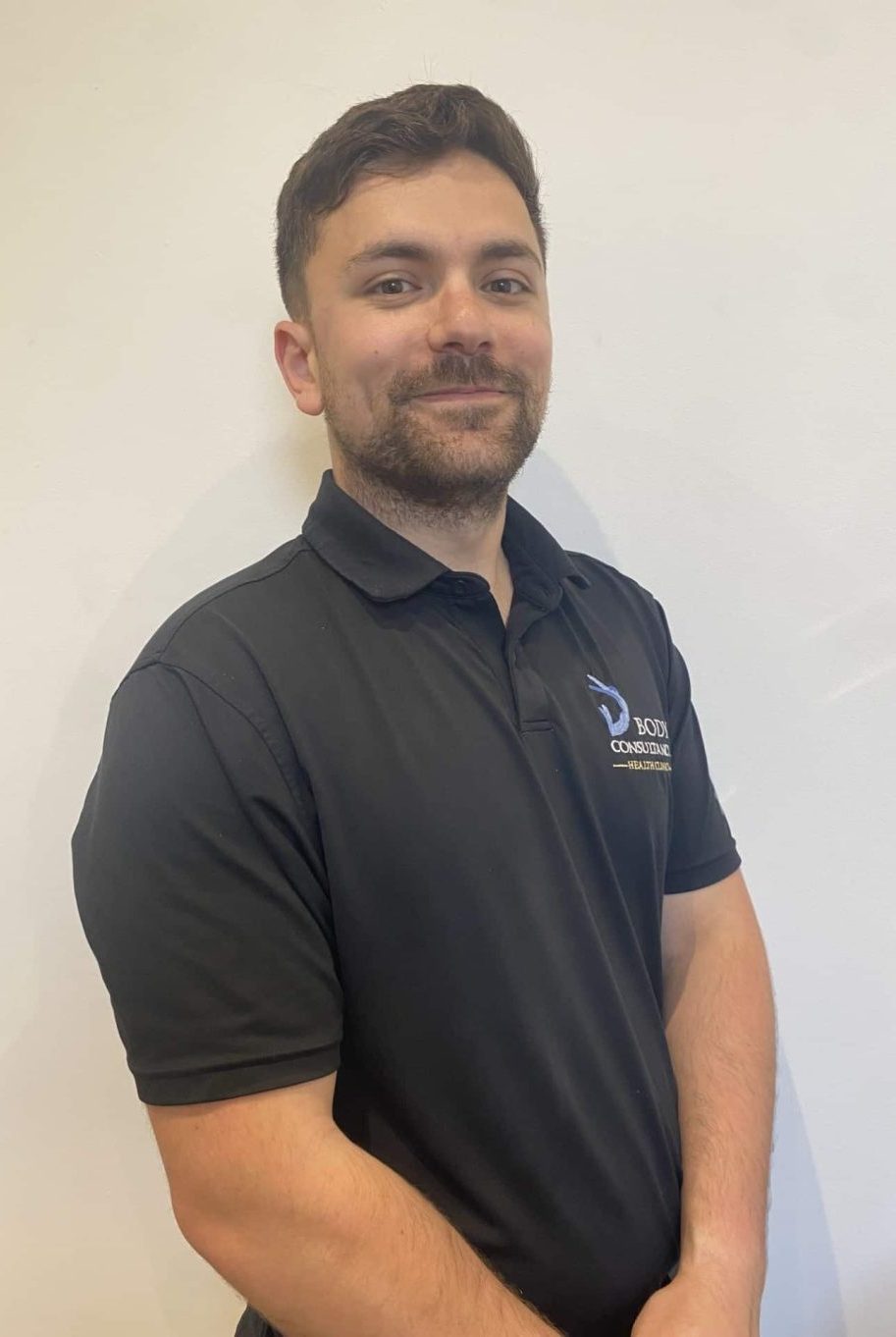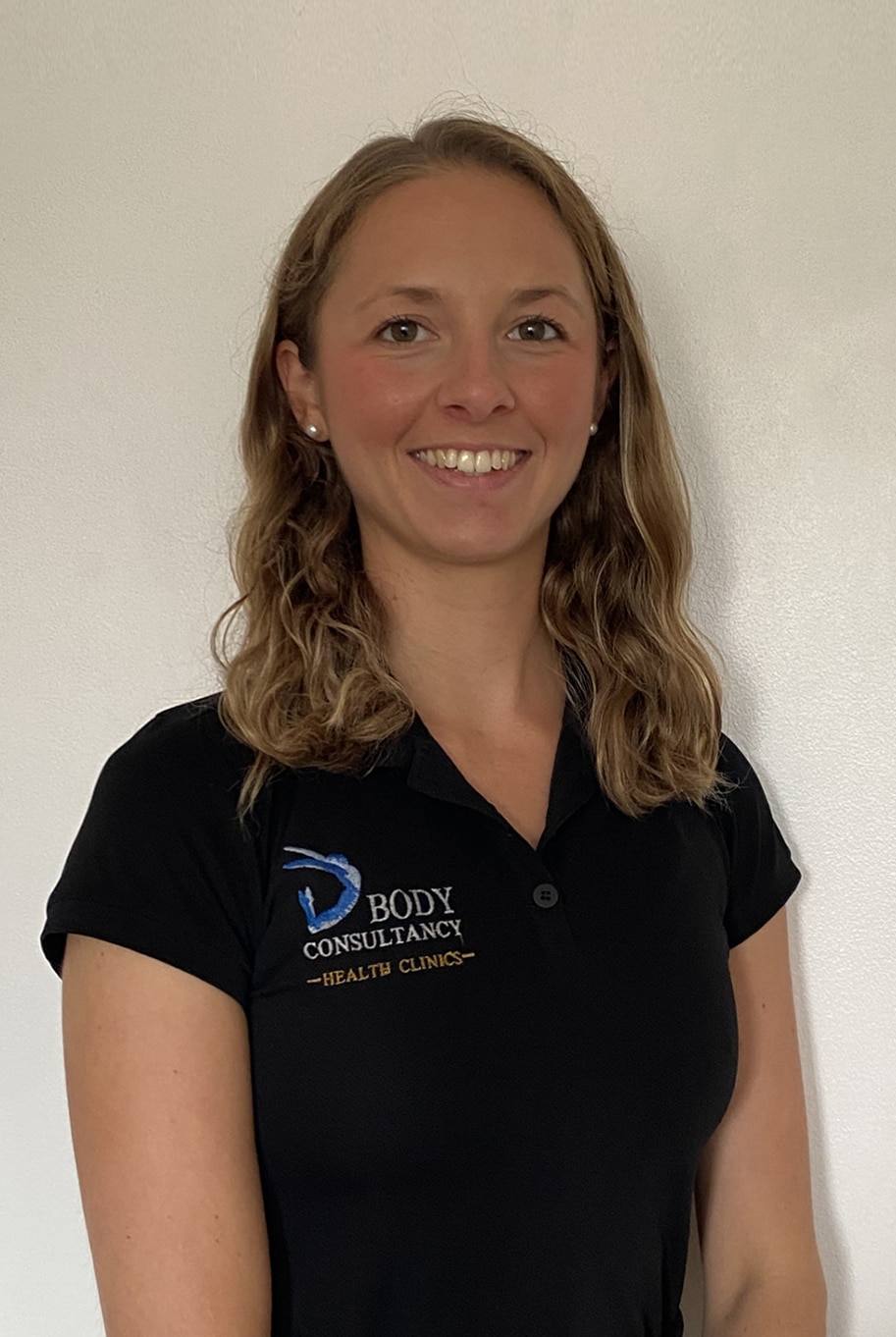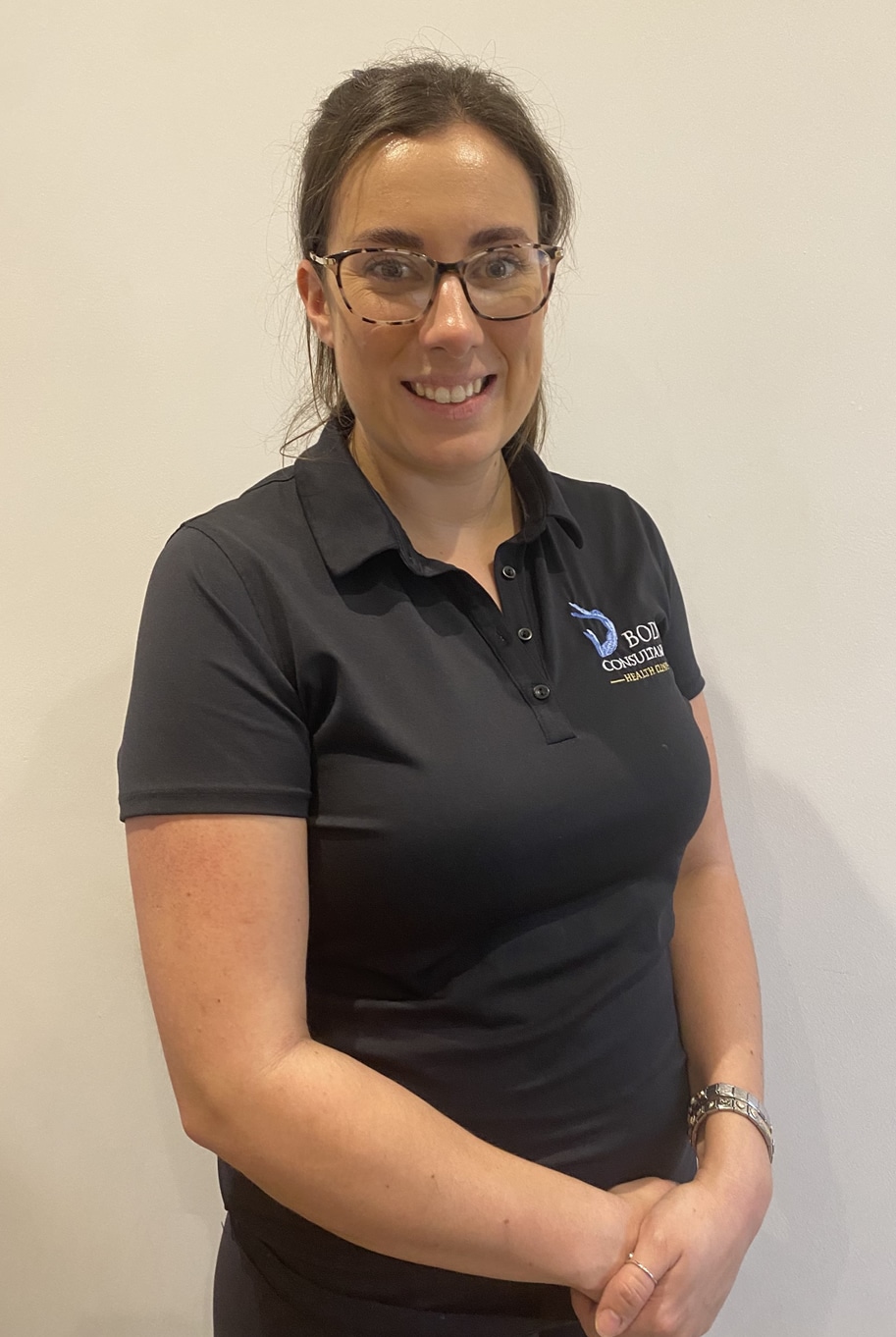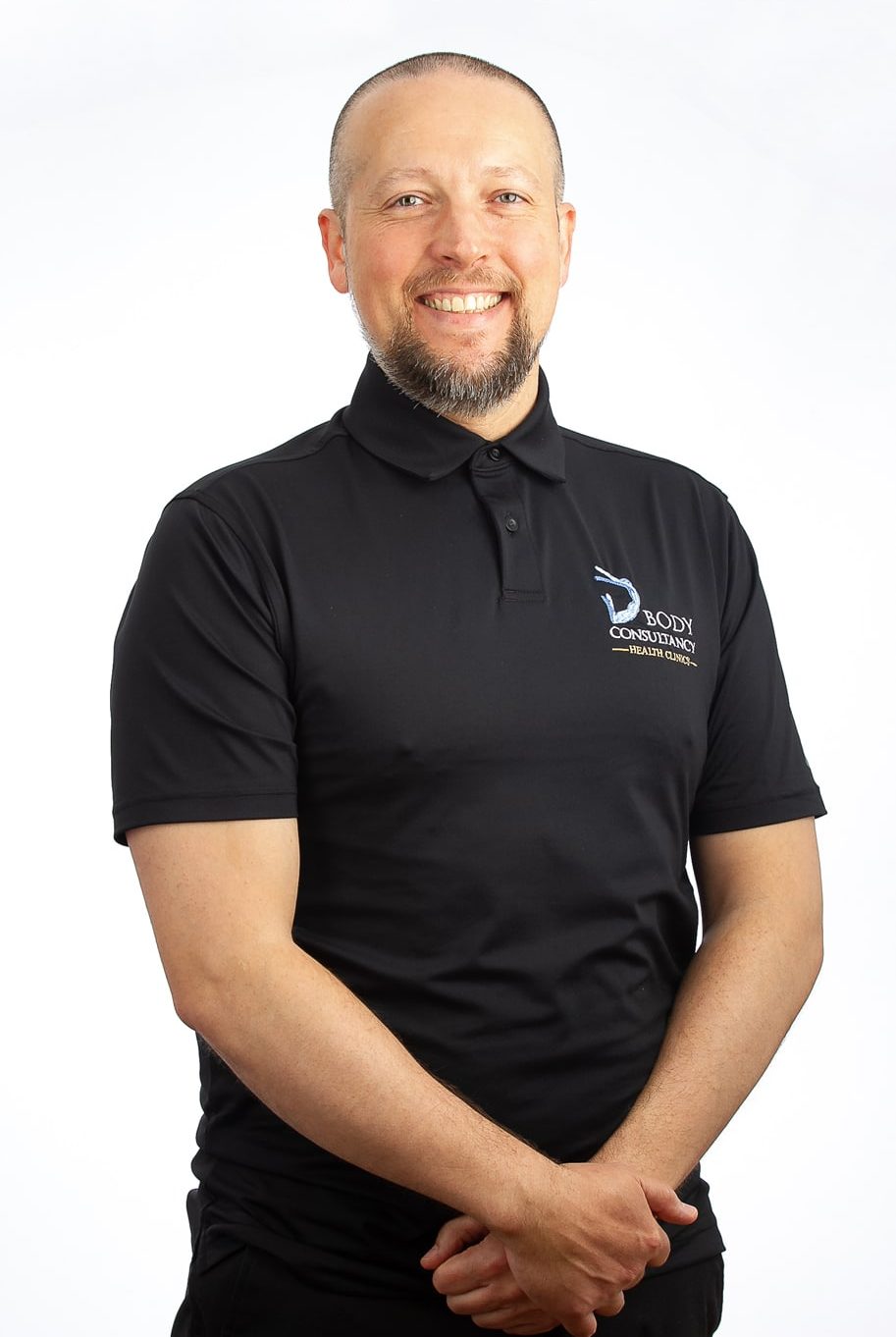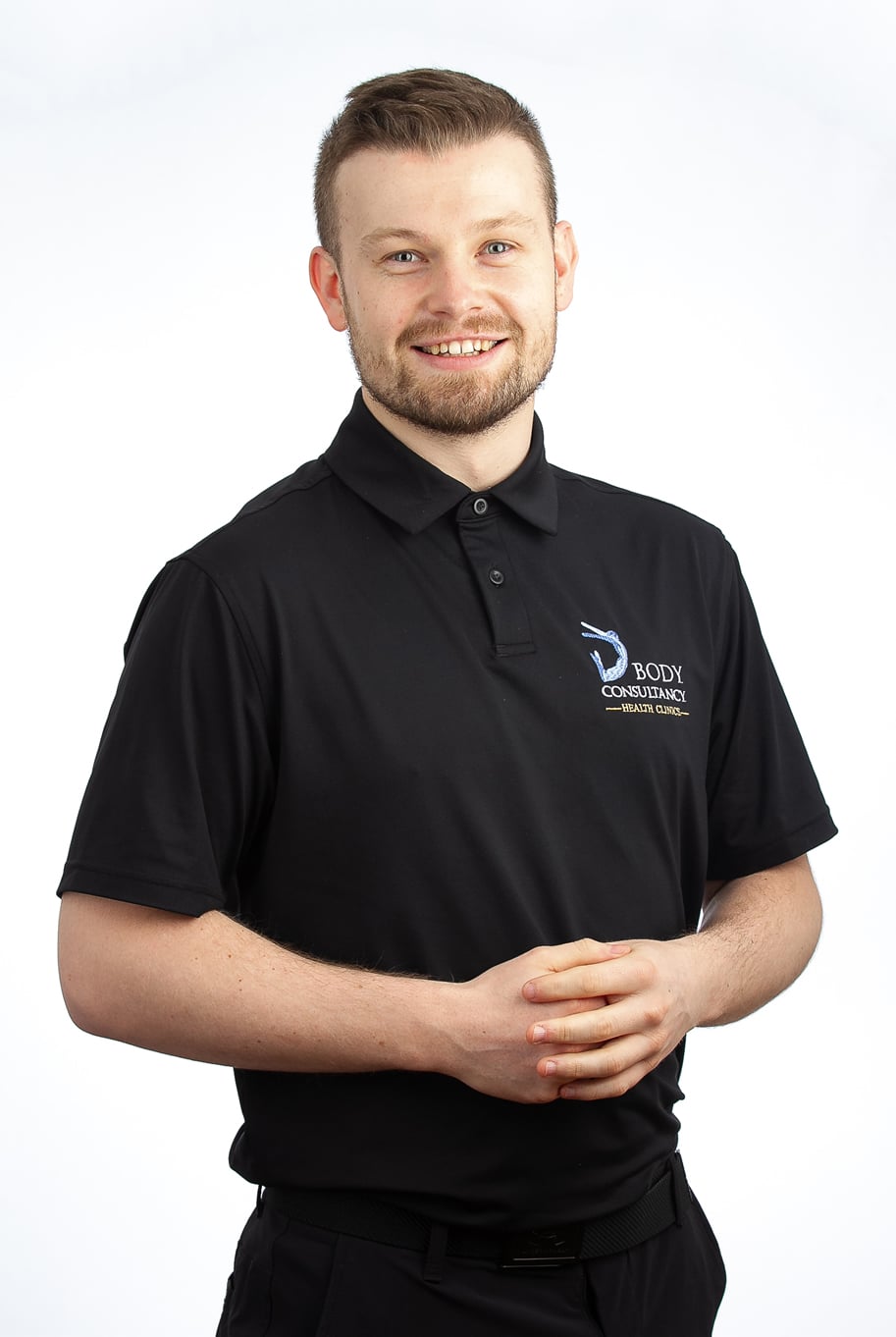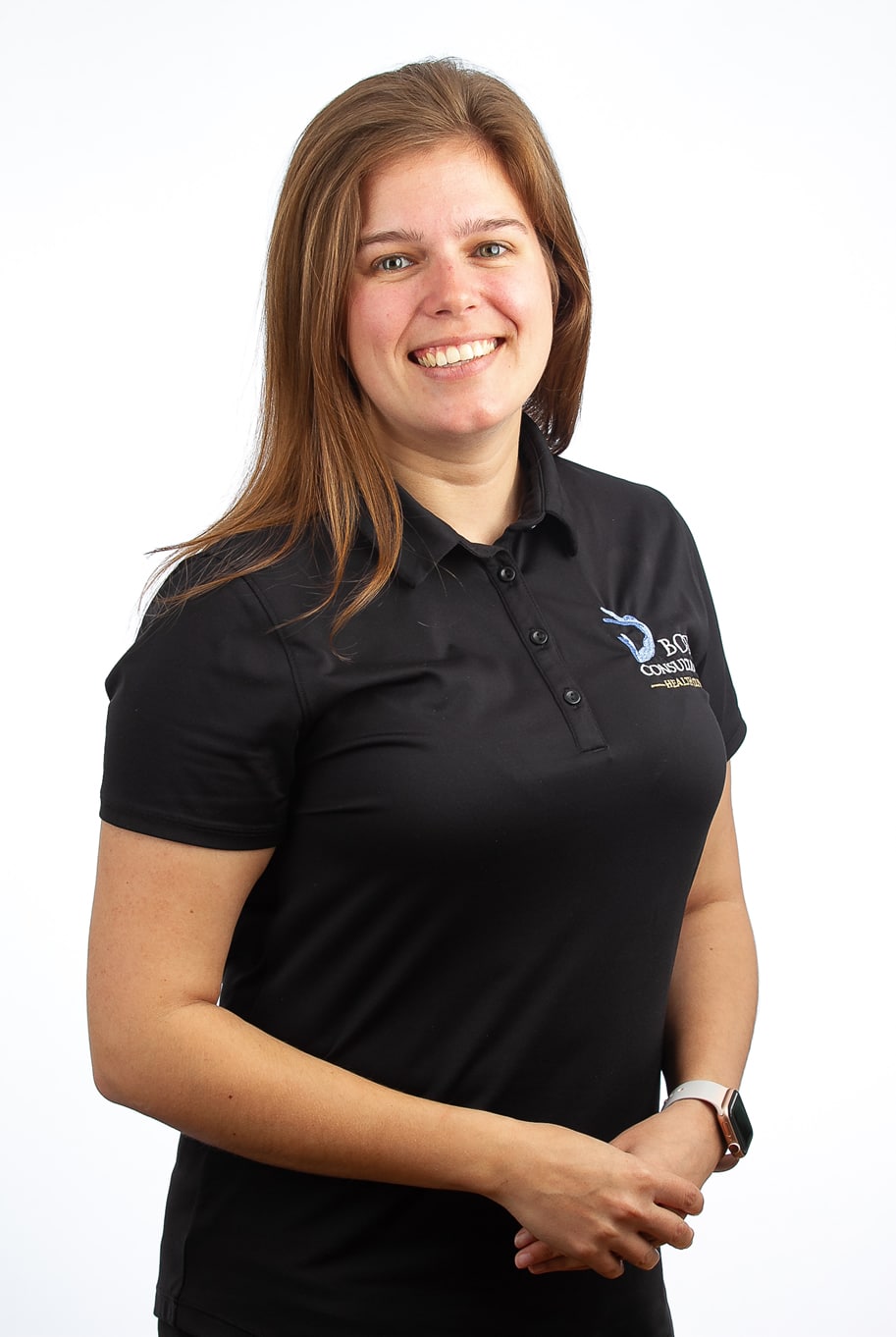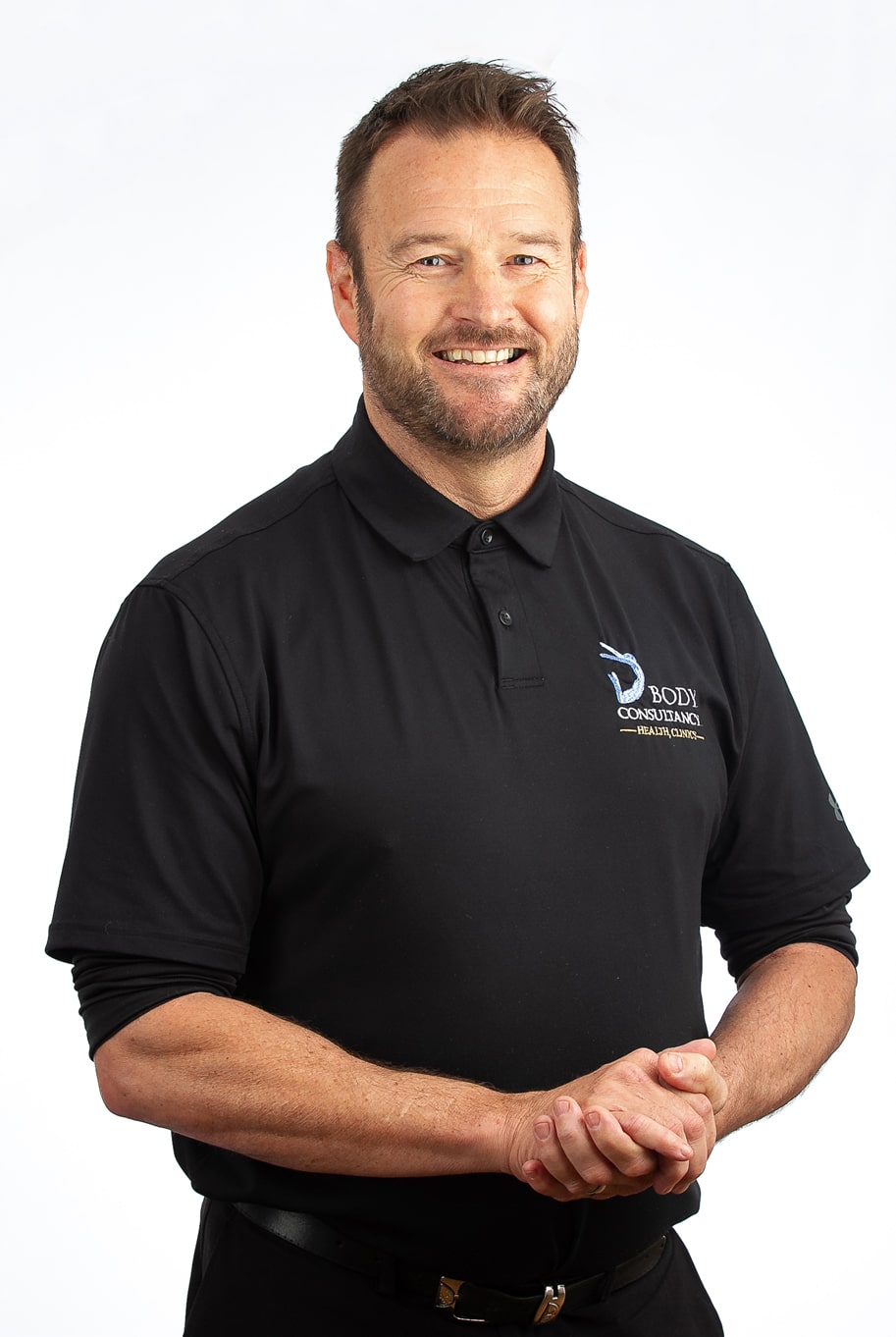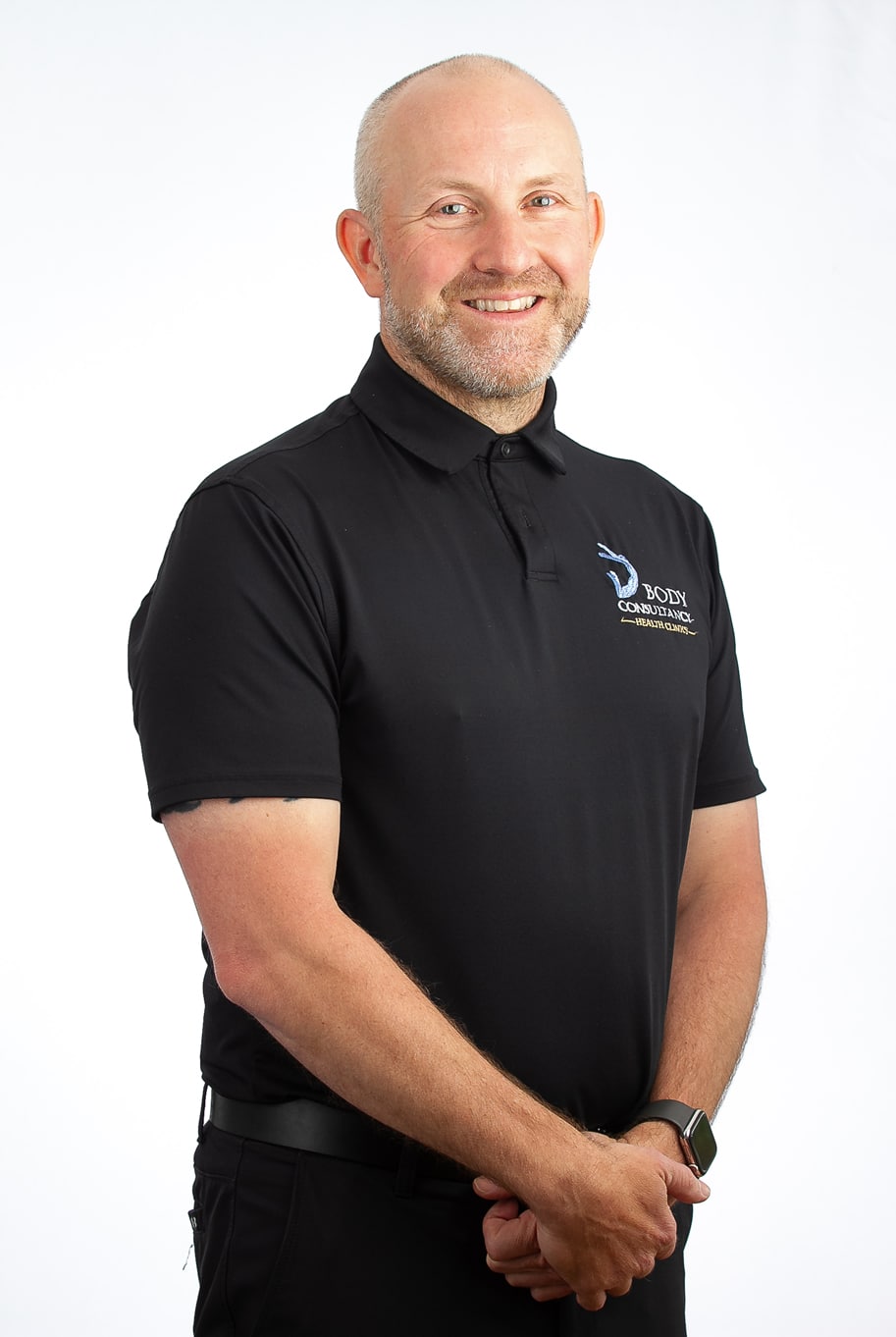Podiatrists are primary healthcare providers – educated to a very high standard in all areas involved in treating lower limb ailments and associated structural deformities.
All our treatments are carried out following the latest guidelines and with the highest standards of hygiene and sterilisation of instruments.
An established profession
The history of podiatry began when man started walking upright. The great philosophers such as Socrates and Hippocrates studied anatomy and movement, while Leonardo Di Vinci made many anatomical drawings of the foot in his studies of human anatomy and movement.
The first constituent body of chiropodists was formed in 1912. The Society of Chiropodists and Podiatrists was founded in 1945.
“To him whose feet hurt, everything hurts”
Socrates (471-401 BC)
“The human foot is a masterpiece of engineering and a work of art.”
Leonardo Di Vinci (1452-1519)
Independent research
Independent research studies into many conditions affecting the lower limb and feet support podiatric treatments. Podiatrists use evidence based treatments to help improve your health, posture, balance, dynamic function and mobility. The National Institute of Health and Care Excellence (NICE) guidelines recommend that people with diabetes should see a podiatrist regularly to maintain and monitor their foot health.
Podiatry is a holistic form of treatment. This means that your general state of health and your work and social lifestyle will be taken into account, not just the area that’s causing you pain. Advice and exercises will be given to help prevent your problem recurring. Your podiatrist will always look at the cause of your problem, not just the symptoms, to prevent it reoccurring.
Degree education and statutory registration
Podiatrists study for three years to gain their Bachelor of Science degree qualification. They study anatomy, physiology, pathology, pharmacology, dermatology, biomechanics and nail surgery. Podiatrists are regulated by the Health and Care Professions Council (HCPC) and must be registered with this body to continue to practice. The name ‘podiatrist’ is protected by law and only those registered may use the title.
Multidisciplinary approach
Body Consultancy offers various forms of treatment in addition to podiatry including chiropractic care, osteopathy, physiotherapy, massage therapy and sports massage therapy. With your consent and if required, your podiatrist may refer you to one of the other practitioners within the clinic. We also have an excellent relationship with local consultants and surgeons.
We offer individualised treatments for each patient, not just the ‘standard routine’ that may be offered elsewhere. Your podiatrist will take time to assess you thoroughly and work with you and your body to find a treatment plan that works best for you.
Research
The information contained on this website has been correlated by the professional practitioners at Body Consultancy to inform you of the services we provide and the conditions we treat.
This information is based on the latest scientific research and gives us the most accurate picture in regard to our scope of practice within the clinic. In no clinical case can we at Body Consultancy guarantee a successful outcome. The prognosis for any clinical presentation of a patient depends on too many variables to guarantee success.
We do not treat complaints where there is no scientific evidence that our treatment modalities taken individually or as a whole programme may be successful.
Please refer to the references below for further information:
- The Society of Chiropodists and Podiatrists (2010) A guide to the benefits of podiatry to patient care. Available from:http://www.scpod.org/easysiteweb/getresource.axd?assetid=26369&type=0&servicetype=1
- National Institute for Health and Clinical Excellence (2004) Type 2 diabetes foot problems: Prevention and management of foot problems. CG10
- Nowacki RM, Air ME and Reitveld AB (2013) Use and effectiveness of orthotics in hyperpronated dancers. Journal of dance medicine and science. 17(1): 3-10.
- Harradine P, Bevan L and Carter N (2006) An overview of podiatric biomechanics theory and its relation to selected gait dysfunction. Physiotherapy. 92(2): 122-127.
- Harradine PD and Bevan LS (2000) The effect of rearfoot eversion on maximal hallux dorsiflexion. A preliminary study. Journal of The American Podiatric Medical Association. 90(8): 390-393.
- Rijken PM, Dekker J, Lankhorst GJ, Dekker E, Bakker K, Dooren J and Rauwerda JA (1999) Podiatric care for diabetic patients with foot problems: an observational study. International journal of rehabilitation research. 22(3): 181-8.
- Wu SC, Driver VR, Wrobel JS and Armstrong DG (2007) Foot ulcers in the diabetic patient, prevention and treatment. Vascular health and risk management. 3(1): 65-76.


